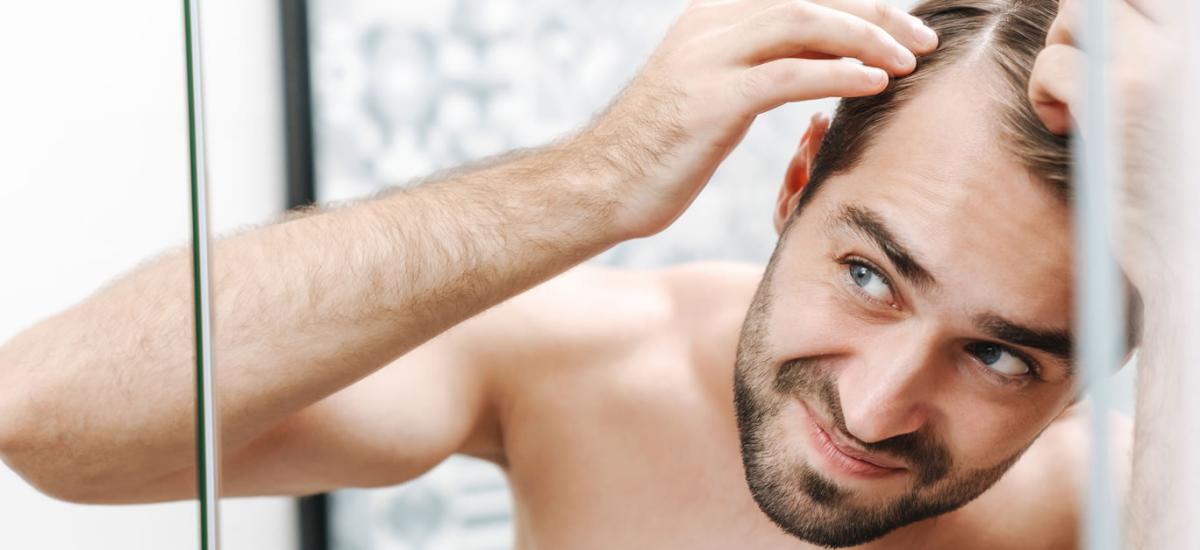How Does Hair Density Impact Crown Hair Transplant?
When it comes to restoring a natural, fuller head of hair, especially in the crown area, hair density plays a critical role in achieving successful and aesthetically pleasing results. For individuals considering a Crown Hair Transplant in Dubai, understanding how hair density impacts the procedure can help set realistic expectations and improve long-term satisfaction.
In this article, we’ll explore the relationship between hair density and crown transplants, why density matters, and how professionals assess and optimize it for natural outcomes.
Understanding the Crown Area
What Is the Crown Region?
The crown, also known as the vertex, is the circular area located at the back of the scalp. This region is particularly prone to thinning and balding in men due to genetic factors like male pattern baldness. Hair loss in the crown can begin subtly and expand outward over time, often creating a visible bald spot.

Why Is the Crown Difficult to Treat?
The crown has a spiral or whorl growth pattern, which makes transplanting in this area more challenging than in the frontal hairline. Matching the natural swirl while ensuring adequate density requires skill, planning, and precision. Moreover, the scalp in this area is often tighter and less vascular, impacting graft survival if density is not carefully calculated.
What Is Hair Density?
Hair density refers to the number of hair follicles per square centimeter of the scalp. People naturally have different densities, ranging from 80 to 120 follicles per square centimeter. However, in hair transplantation, a density of around 40 to 60 grafts per square centimeter is considered suitable for creating a visually dense appearance.
How Hair Density Affects Crown Hair Transplant Results
Donor Area Limitations
The available hair in the donor area (usually the back and sides of the head) is finite. If someone has lower natural density in this region, the number of grafts that can be harvested is limited. Surgeons must prioritize where and how grafts are placed, which directly affects how full the crown area will look post-transplant.
Coverage vs. Density Balance
In the crown, achieving total coverage with high density can be difficult due to the larger surface area. Experts often focus on creating a natural appearance rather than full restoration. This means choosing between:
Spreading grafts thinly for more coverage
Concentrating grafts for a denser look in a smaller area
The choice depends on individual preferences, hair characteristics, and donor availability.
Hair Characteristics Play a Role
Apart from follicle count, the thickness, texture, and color contrast of the hair also influence the perceived density. For example:
Thicker hair gives the illusion of more density.
Curly or wavy hair provides better scalp coverage.
Dark hair on light skin may require higher density to mask the scalp.
Understanding these factors is essential in planning a successful Crown Hair Transplant in Dubai.
Assessing Density: Pre-Transplant Evaluation
Before a crown transplant, a thorough evaluation is performed to assess:
The extent of baldness in the crown area
The density and health of the donor area
The scalp’s elasticity and condition
The patient’s long-term hair loss pattern
This helps in creating a personalized transplant plan that suits the individual’s needs and hair restoration goals.

Optimizing Density for Natural Results
Strategic Graft Placement
Rather than randomly placing hair grafts, professionals map out the crown’s natural swirl pattern and implant follicles to replicate the original growth direction. This gives the illusion of higher density even with fewer grafts.
Layered Approach
In some cases, crown restoration may be performed in stages. A layered approach allows surgeons to:
Monitor hair growth and scalp response
Add more grafts later if needed
Avoid overharvesting the donor area
This technique also improves the overall density over time.
Post-Transplant Considerations
Patience is Key
Crown hair growth typically takes longer to become visible compared to the frontal area. Full density results may take 12–18 months to develop, so patience is essential.
Long-Term Planning
Because hair loss is progressive, especially in the crown, a long-term strategy is necessary. Professionals in Crown Hair Transplant in Dubai often recommend a conservative approach to ensure donor hair is preserved for future needs, especially if frontal or mid-scalp loss continues.
Conclusion
Hair density is a vital factor in determining the success of a Crown Hair Transplant. It affects everything from the number of grafts that can be harvested to how full and natural the results will appear. By understanding how density influences the transplant process, individuals can make informed decisions and work with skilled professionals to achieve the best possible outcomes.